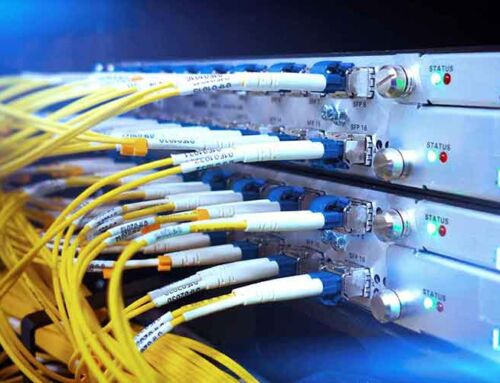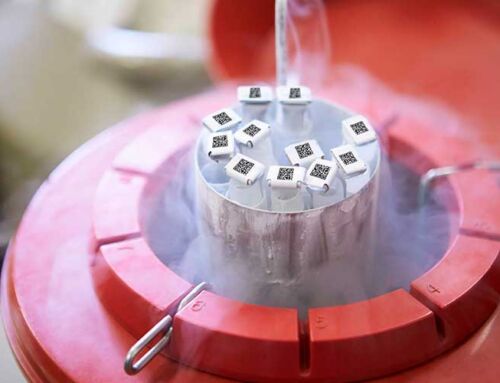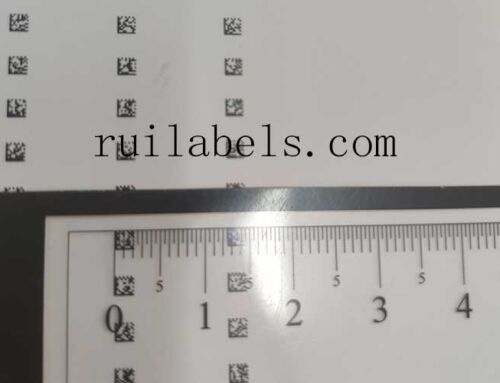In many application scenarios, self-adhesive labels need to be used in high temperature environments, such as the power supply of electronic products, chip parts, and reflow soldering of PCB circuit boards. Ordinary self-adhesive labels can be used at room temperature, but when in high-temperature environments, the self-adhesive will become soft, aged, and lose its stickiness; the paper surface of the label may be oxidized, yellowed, and coked, and the plastic surface may shrink or even melt, causing the printed graphic information to fall off and become unreadable, and even the self-adhesive label will fall off, melt, and lose its original label function. At this time, self-adhesive label materials that can withstand high temperatures are required.
1. Labels for use at tempeature below 70°C
Generally, tempeature below 70 °C, ordinary Paper, Polyethylene(PE), PolyproPylene(PP) and other plastic material labels can be used. But thermal paper labels cannot be used in this high temperature environment.

2. Labels for use at tempeature 70℃ to 100℃
This is the operating temperature range of general electronic components, which is a lower high temperature resistance grade. Polyester and Vinyl Materials can be withstand the temperature range 70℃ to 100℃. While labels made of Polyethylene(PE) or PolyproPylene(PP) cannot withstand this high temperature.
Ruilabels offers various types of Polyester and Vinyl materials labels, such as B8423, B2265 and other products.


3. Labels for use at tempeature100℃-150℃
Normal, a high temperature environment of 100°C to 150°C does not exist continuously. This high temperature condition may occur briefly inside some cabinets or in special scenarios. In such high temperature, common plastic labels will shrink and warp, or even fall off, so that more high temperature-resistant polyester materials are needed. Conventional rubber-based adhesives also lose tack and require special high temperature acrylic adhesives to withstand.
Ruilabels’ Polyester material labels can be used in such high temperature environment for a short period of time (hours to weeks). But please noted that in such high temperature for a long time (months or even years), there is a risk of aging and yellowing, and the viscosity of the glue will decrease.


4. Labels for use at tempeature 150℃ to 260℃
Usually powder coating, painting process, or high voltage electrical components will reach temperature 150℃ to 260℃. At this stage, neither paper nor plastic materials can withstand such high temperatures. Ordinary paper will turn yellow, coke or even ignite spontaneously, conventional plastic materials will soften or even melt, and ordinary adhesives will become extremely soft or even liquefied. In this case, high temperature-resistant Polyester, Polyimide and other plastic materials, or metal foil surface materials are required to withstand this temperature. The adhesive needs high molecular silica gel or super high temperature resistant acrylic adhesive to maintain a certain viscosity and ensure that the label does not lose its viscosity and does not fall off.

5. Labels for use at tempeature 260℃ to 350℃
In the reflow soldering and wave soldering process of the PCB circuit board, temperature reaching 260℃ to 350℃ is generally for a short time. Ruilabels’ B815, B835, B836 self-adhesive labels can withstand the temperature for a short time without falling off. These labels are made of high-temperature resistant polyester and polyimide, combined with high-temperature resistant acrylic adhesives, which can withstand a high temperature environment of 15 seconds to a maximum of 5 minutes at 280 ° C (up to 350 ° C) without falling off. There are very few self-adhesive labels on the market that can withstand such high temperatures.


Ruilabels provide made-to-order labeling solutions to address your unique high temperature labeling needs. Please feel free to contact us if you have requirments on high temperature resistant labels.






